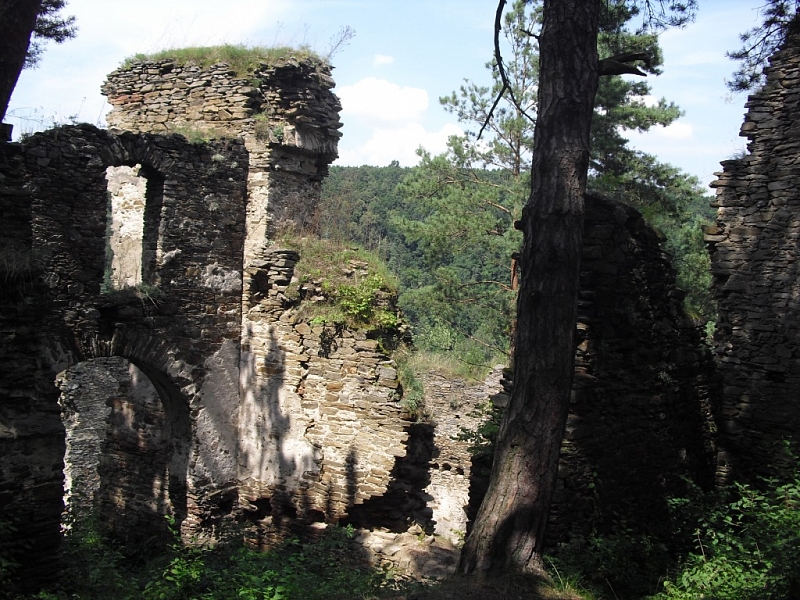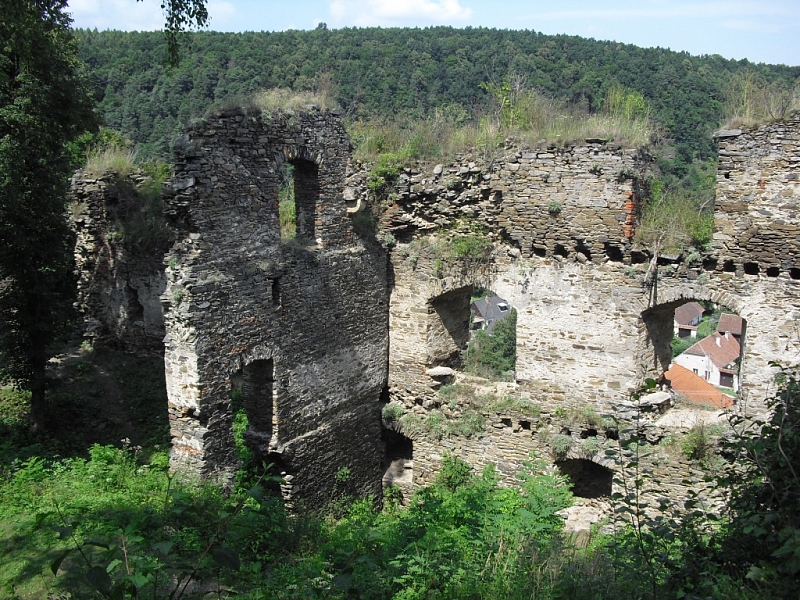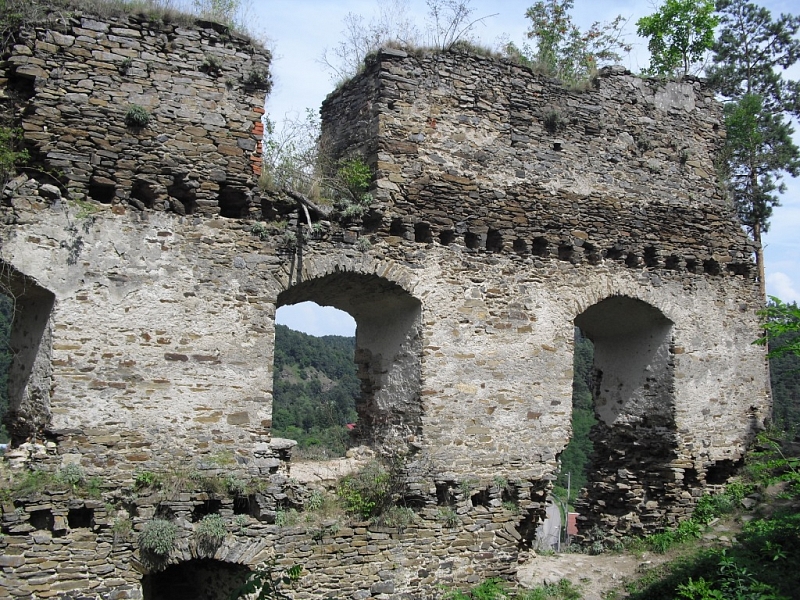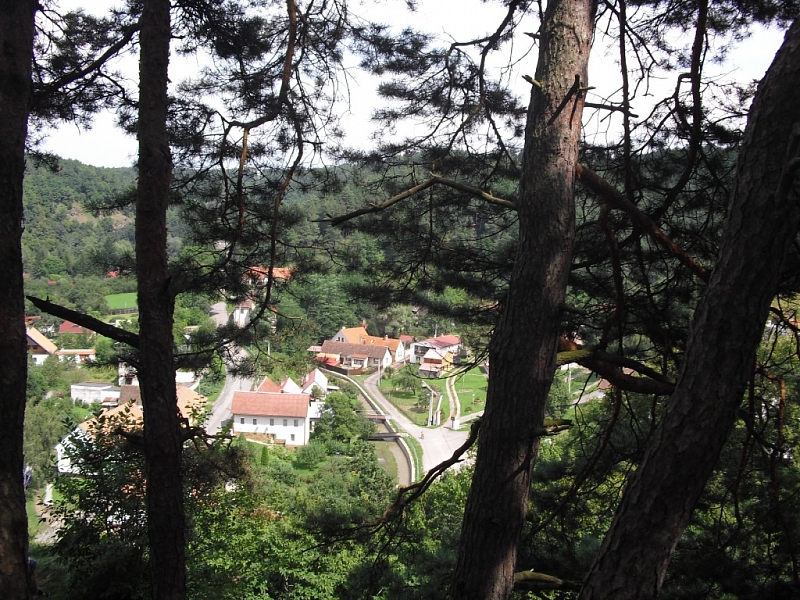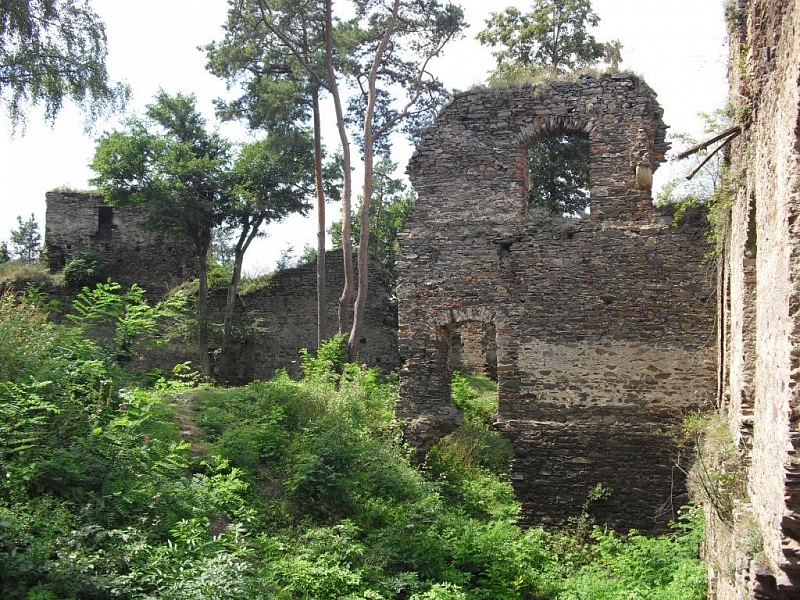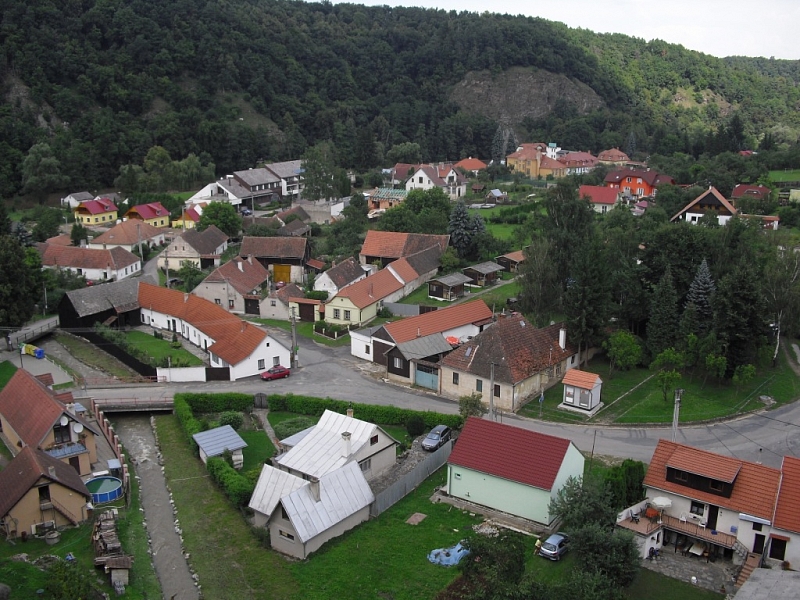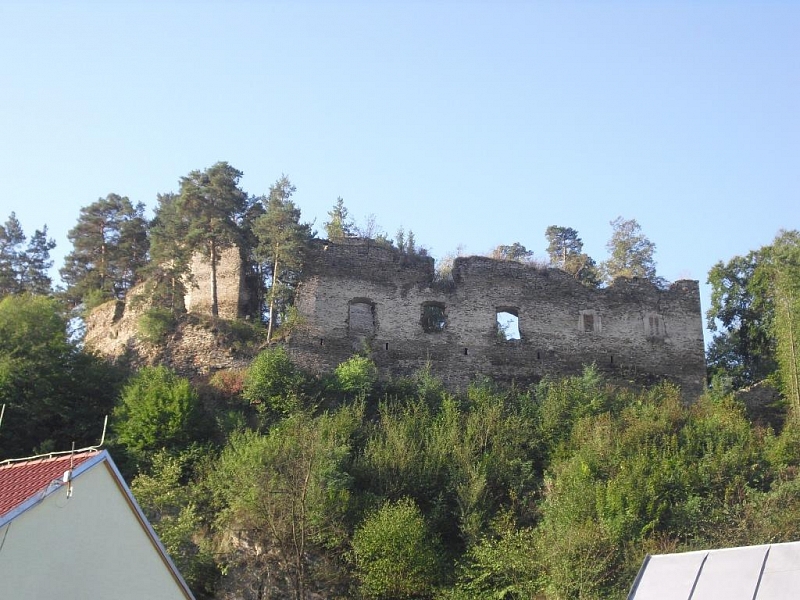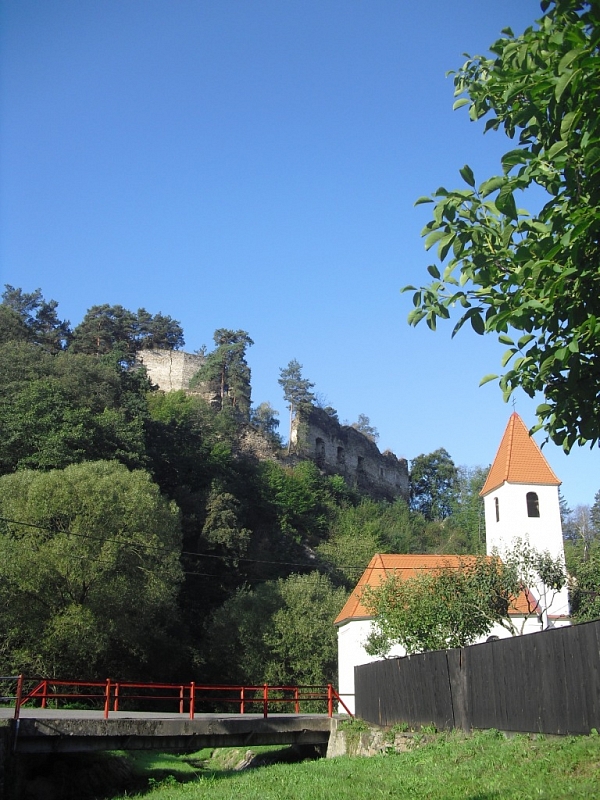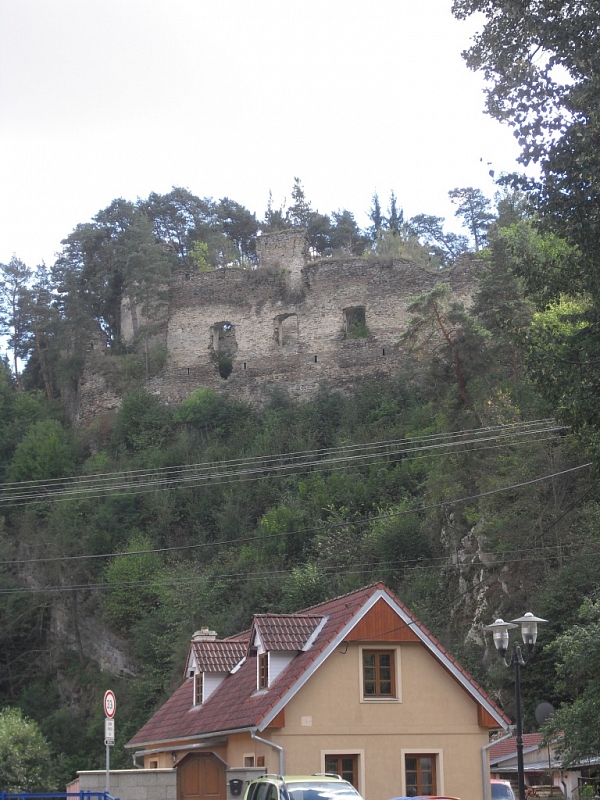Frejštejn
If you are looking for a place where a romantic atmosphere breathes on you, visit the small village of Podhradí nad Dyjí and head to the ruins of the Frejštejn castle, which rises on a rock above it. The village lies in a picturesque valley on the right bank of the river Dyje, just 13 kilometers from the Vranov dam. The ruins of the castle itself are relatively small, but still worth seeing.
Information for visitors
Interesting facts Frejštejn
To this day, many records have not been preserved that would more accurately map the fate of the castle, but basic information about it is known. The history of Frejštejn began to be written in the 13th century, more precisely from 1250 the first mention of it is preserved. It was built as a defensive castle on the border with Austria, but after several decades it was conquered by the Austrians as the seat of the robbers, with the knowledge and permission of the then Czech King Wenceslas II. At the beginning of the 15th century, King Sigismund dedicated the castle to an important Moravian family of Krajířs for their faithful services. It turned out soon after that it wasn't a good idea. One descendant of the family, Jan Krajíř, made it the seat of the robbers again, when he and his retinue began to raid the surrounding villages on the Czech and Austrian sides. The Moravian estates were afraid of further looting raids, and therefore they preferred to buy the castle and have it demolished. It was in 1440 and since then the ruins have never been restored. In the 16th century, an attempt was made to rebuild it into a fortress, but it was never completed. Of the grand plans, only a tower with loopholes has been built to this day.
The former castle is mainly preserved part of the northern wall, which is well visible from the village. Behind it are the remains of walls, a small palace, a chapel and a gate. The large moat, over which the bridge once led, also allowed access to the castle.
Today, the ruins can be reached in two ways. One starts on the eastern edge of the village and leads around the chateau of the artist Lubo Kristek directly up the hill. But it is a rocky forest path that not everyone dares. The route on the road, which is only a little longer, is more comfortable. Then just cross the rampart over the moat and you can take a closer look at the art of ancient builders. And also enjoy the beautiful view of the village or the hills and rocks on the opposite bank of the river.
Despite the good location of the ruins just a short walk from the popular Vranov dam, this place has long been neglected. In recent years, however, it has become popular with tourists, and today it is slowly becoming a frequent stop when wandering through this region. The interest of the filmmakers who shot one of the scenes of the fairy tale The Emperor and the Tambourine also testifies to the interest of the building.
Author: Martina Limbergová
